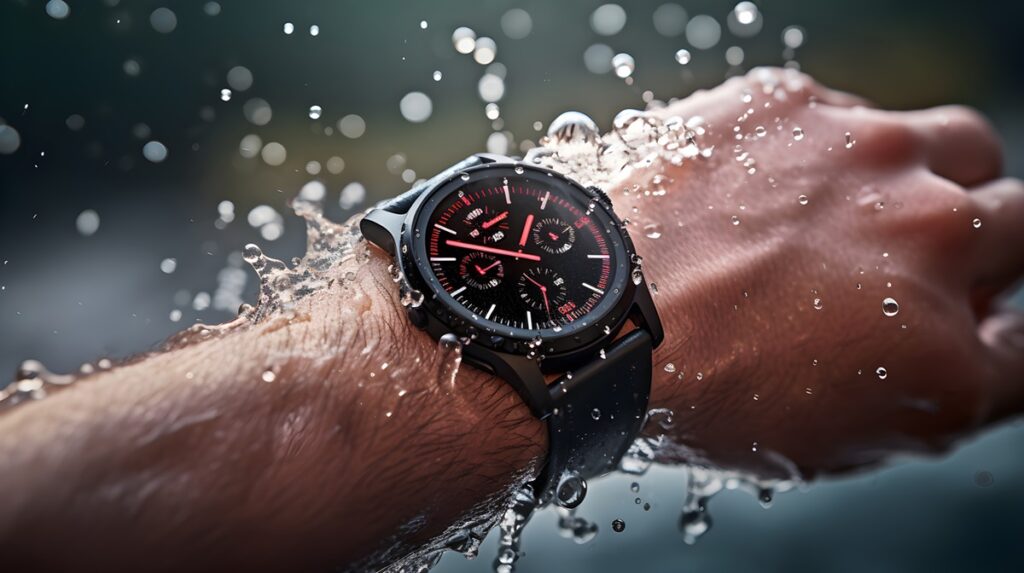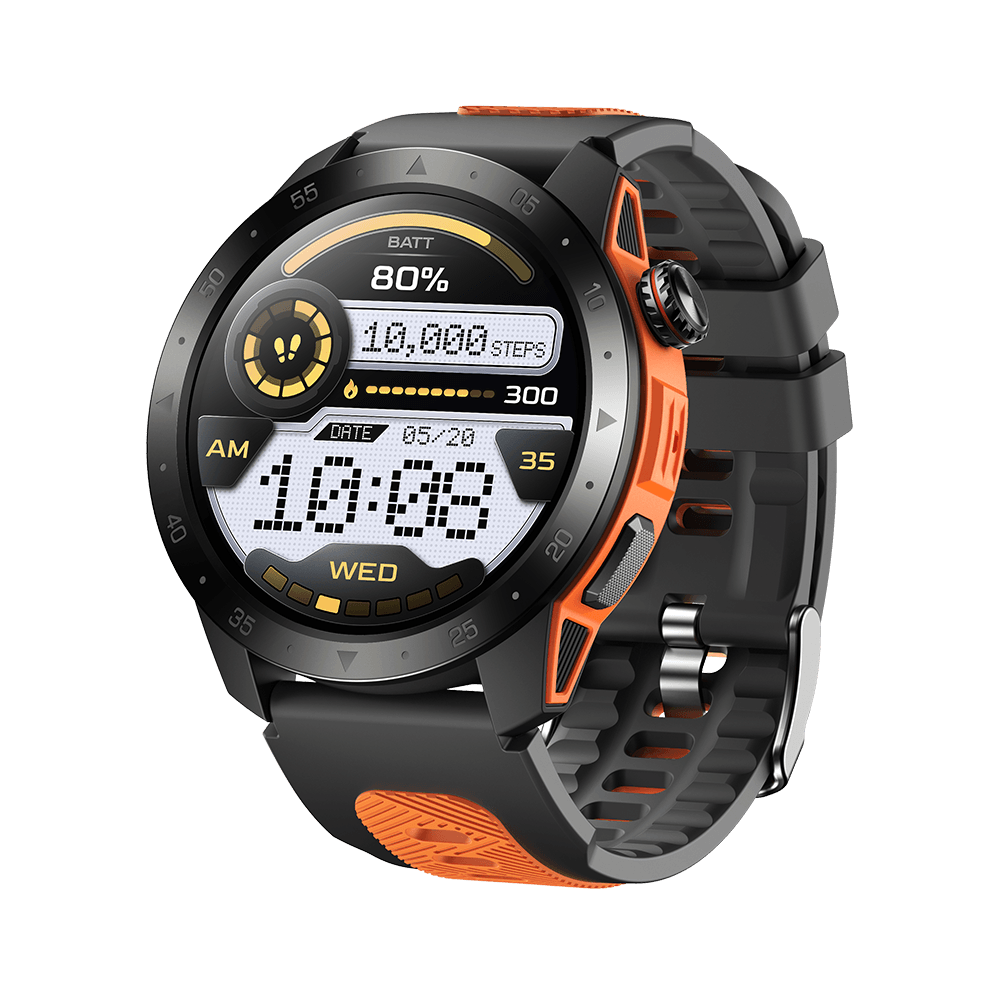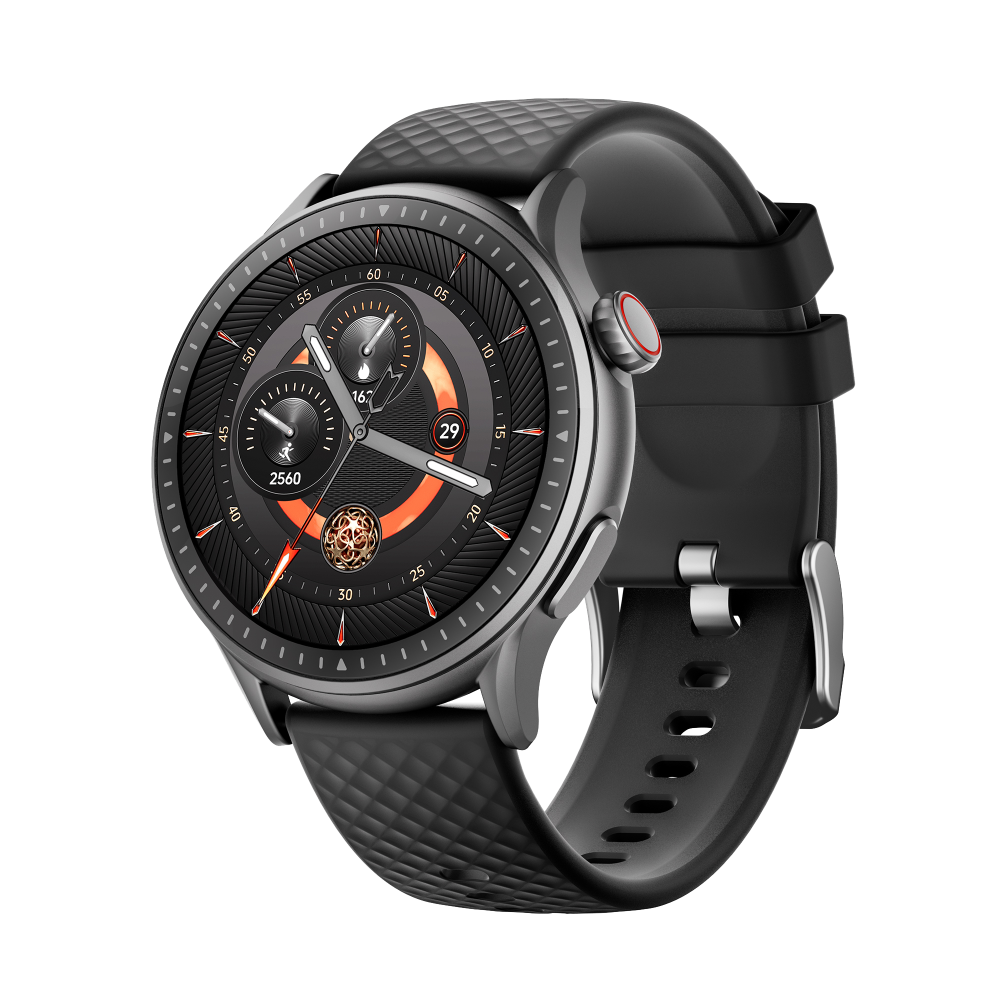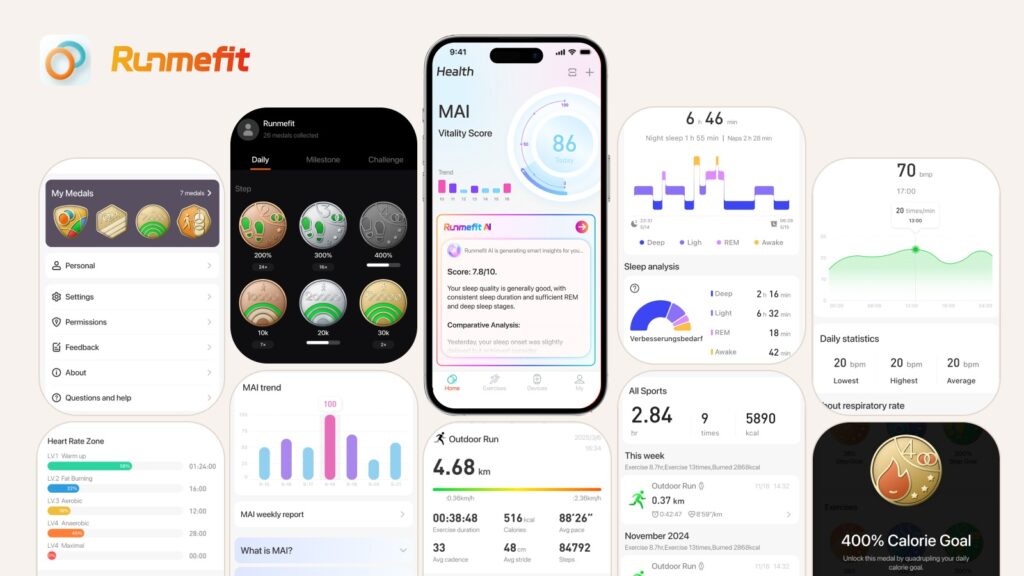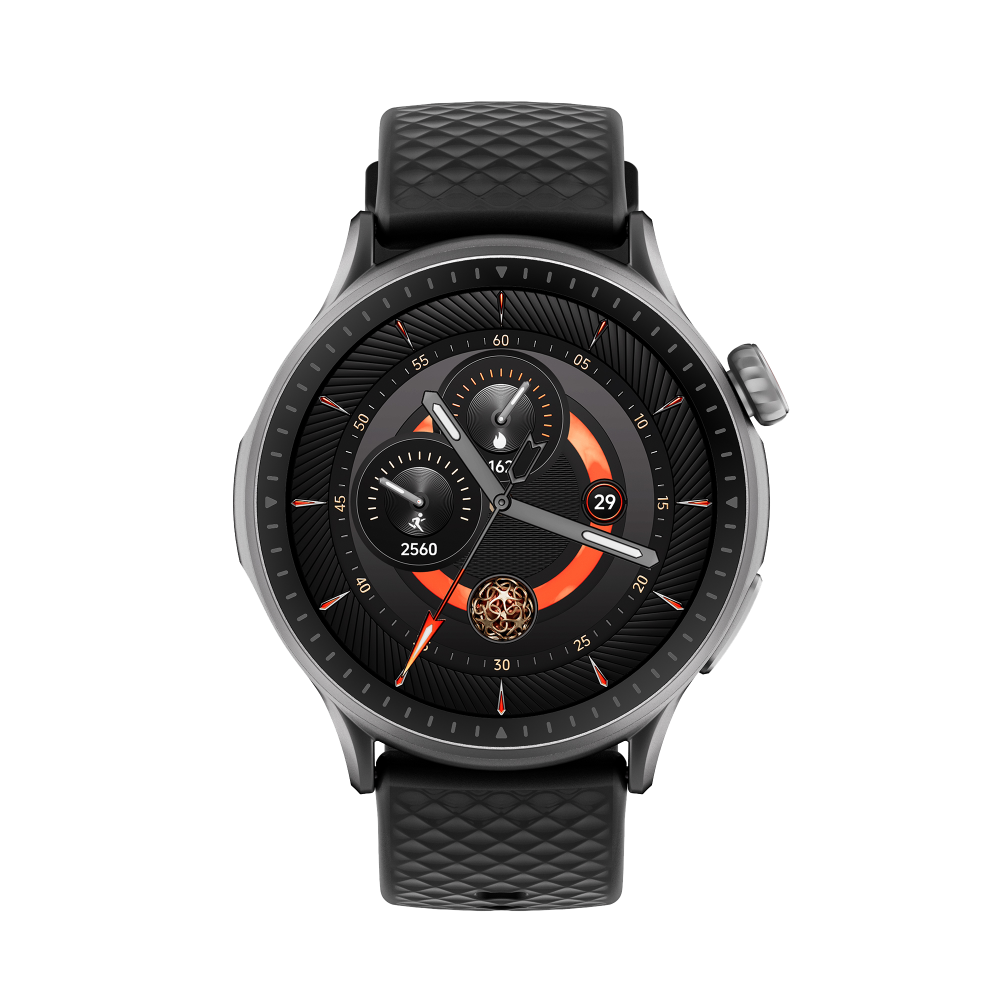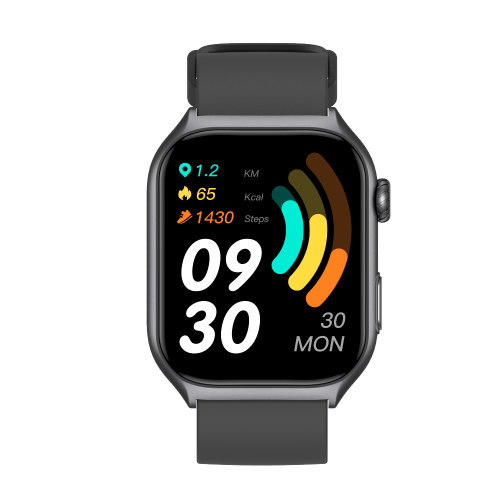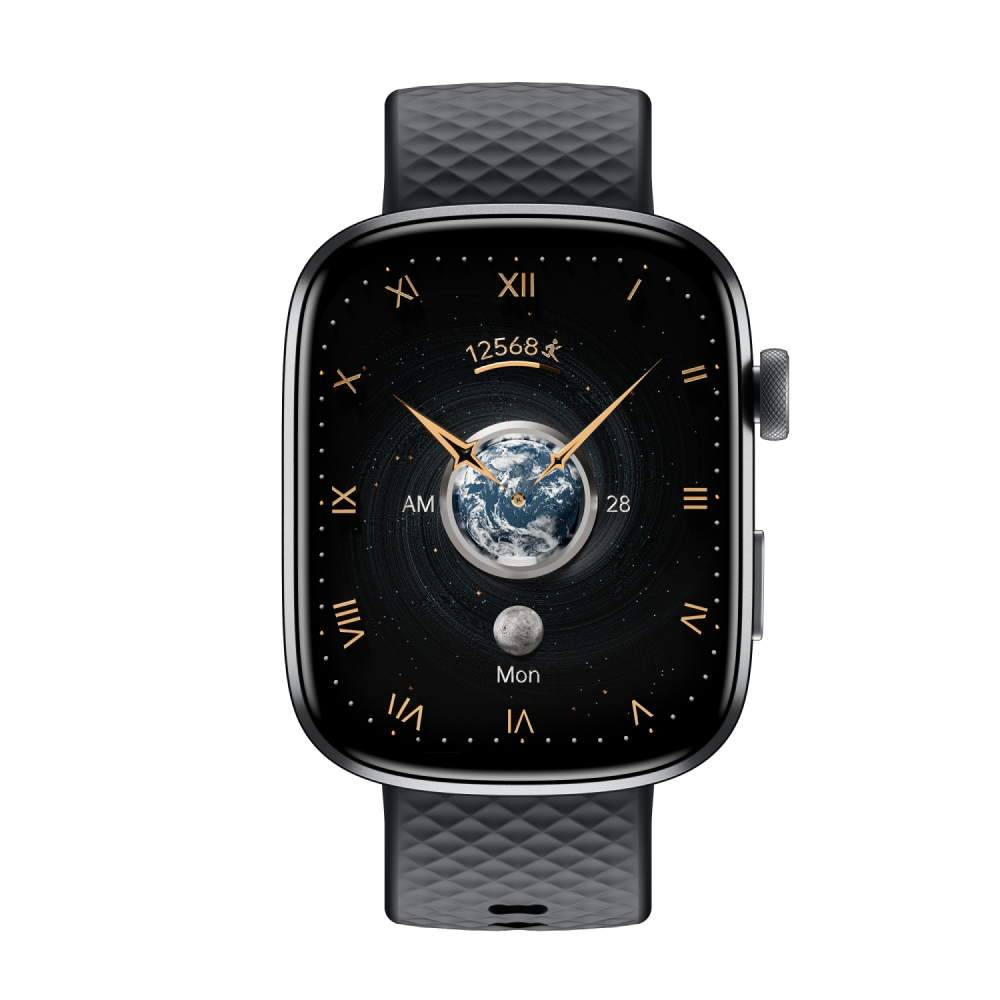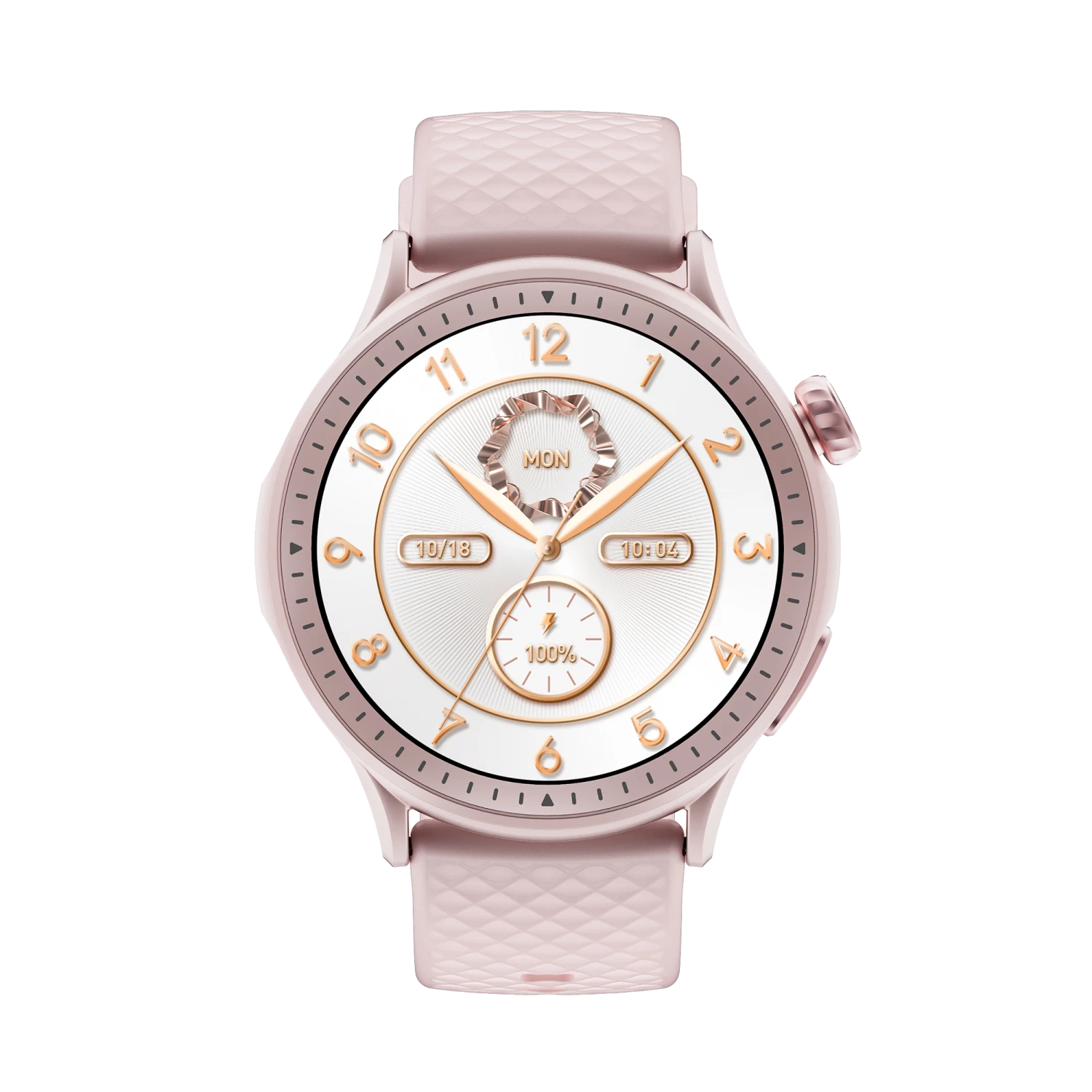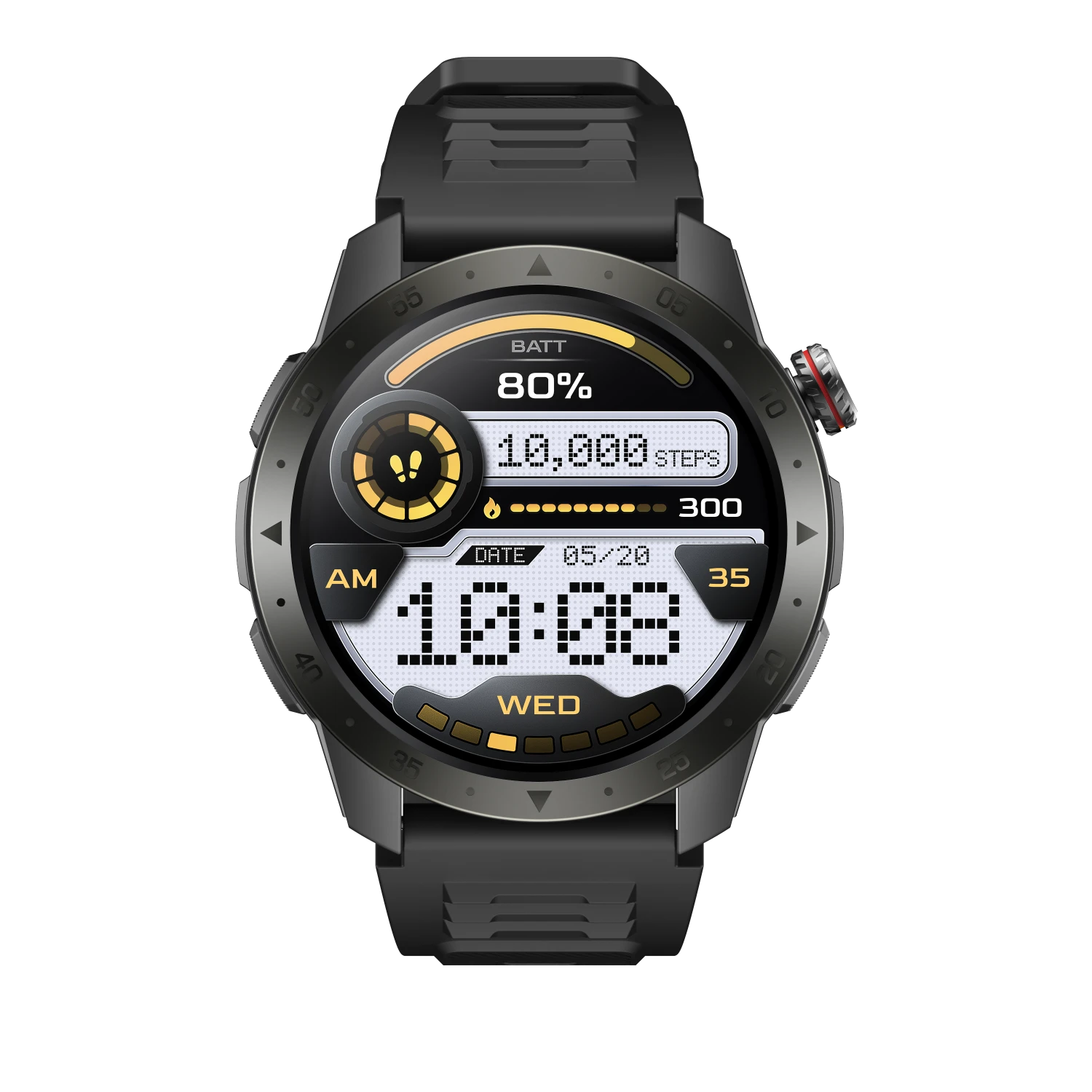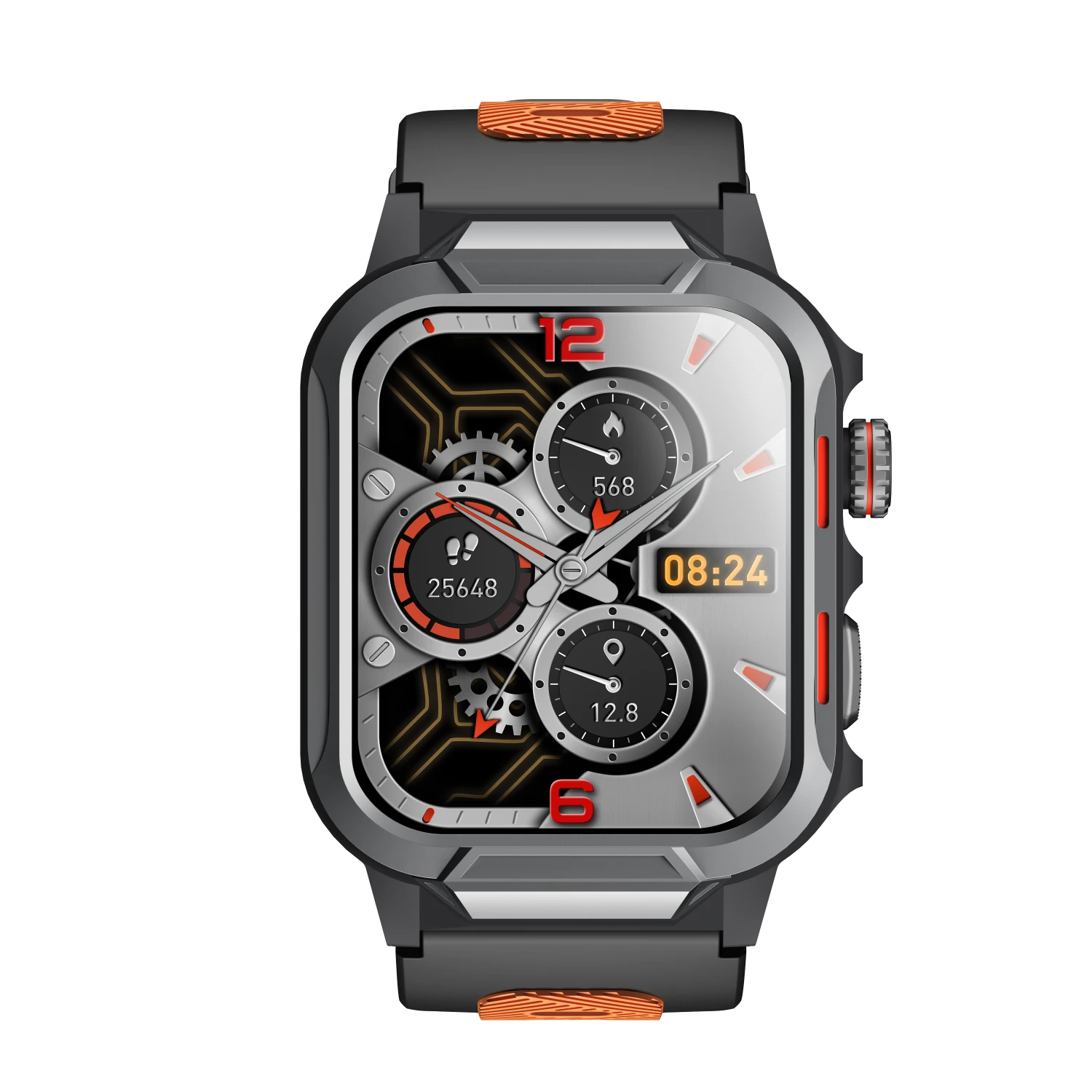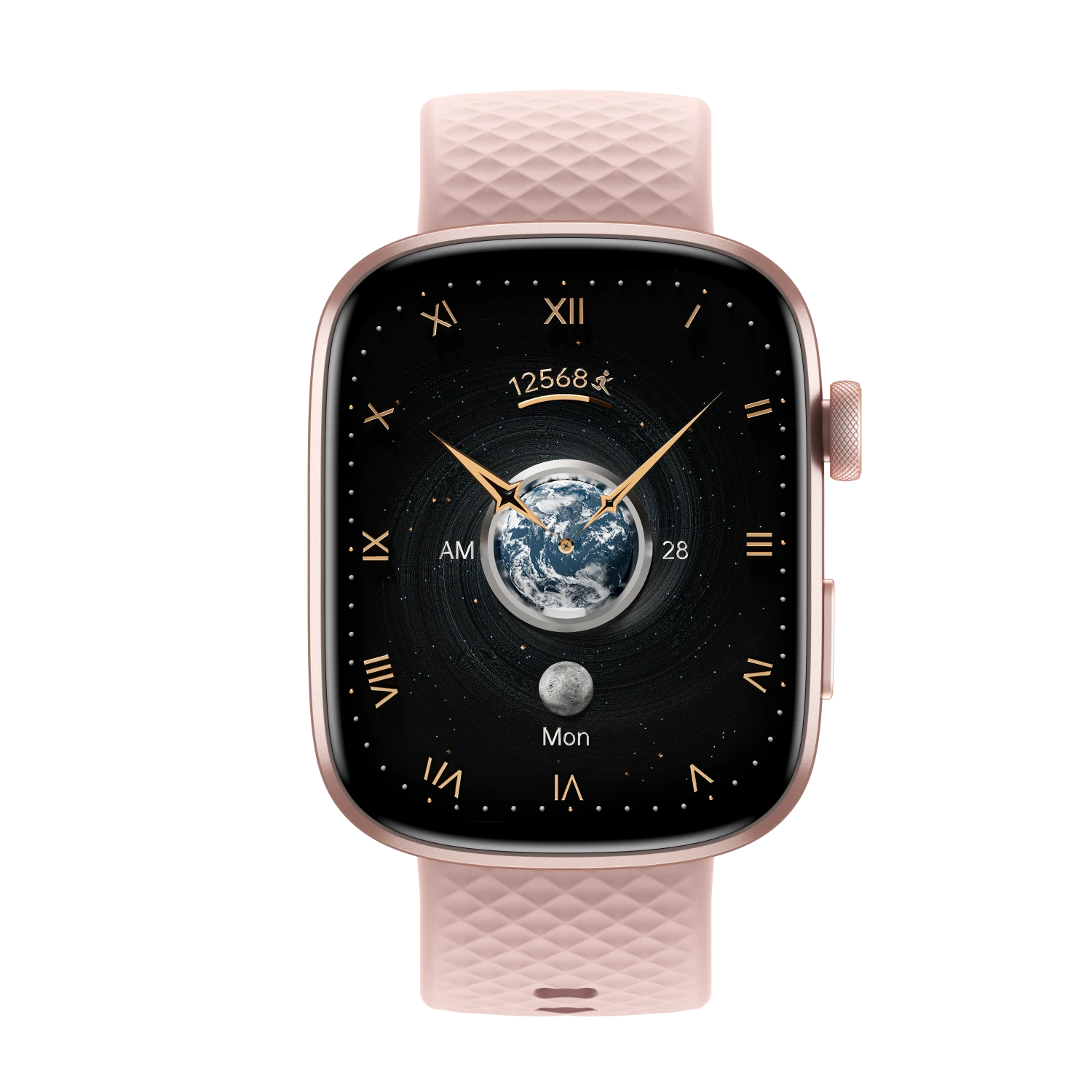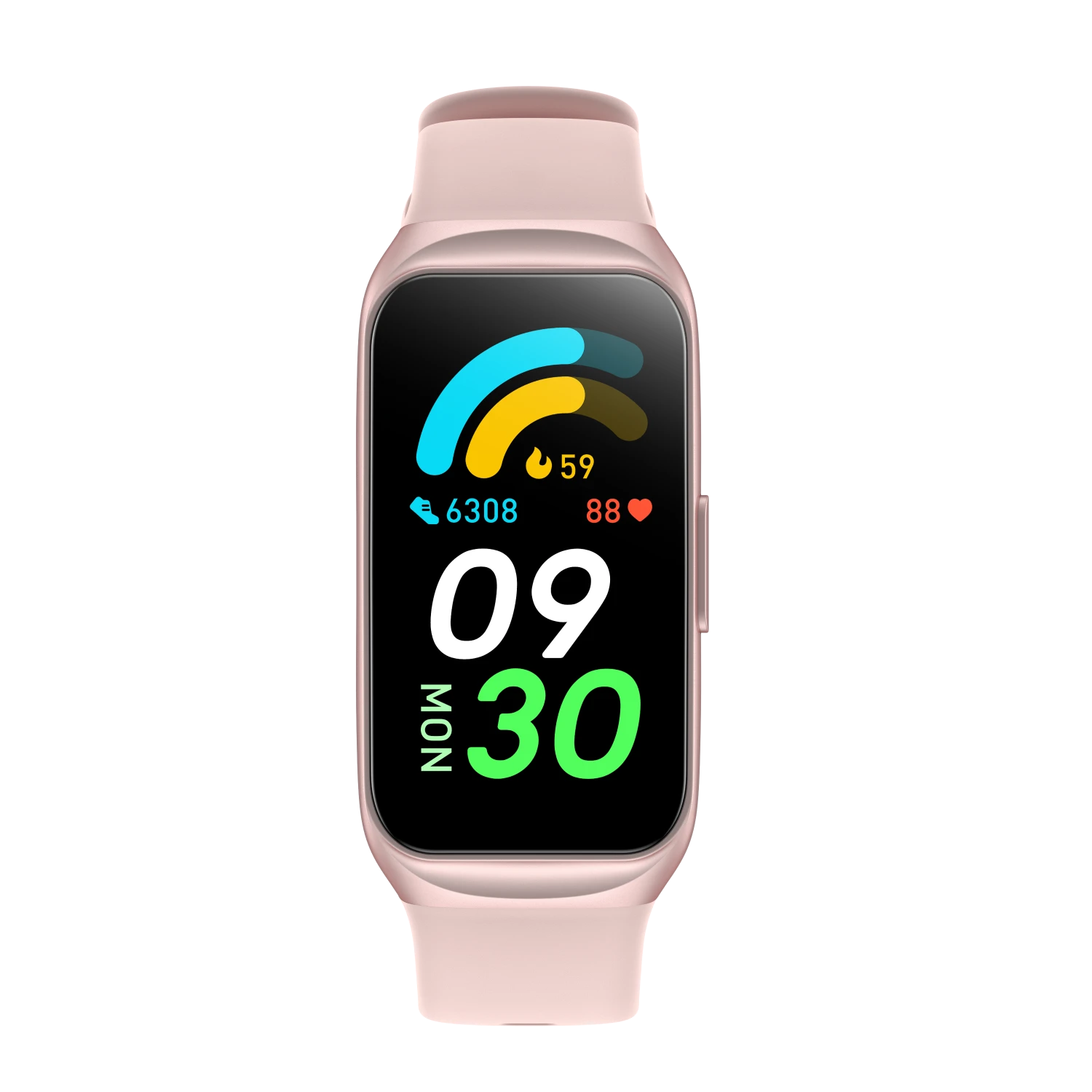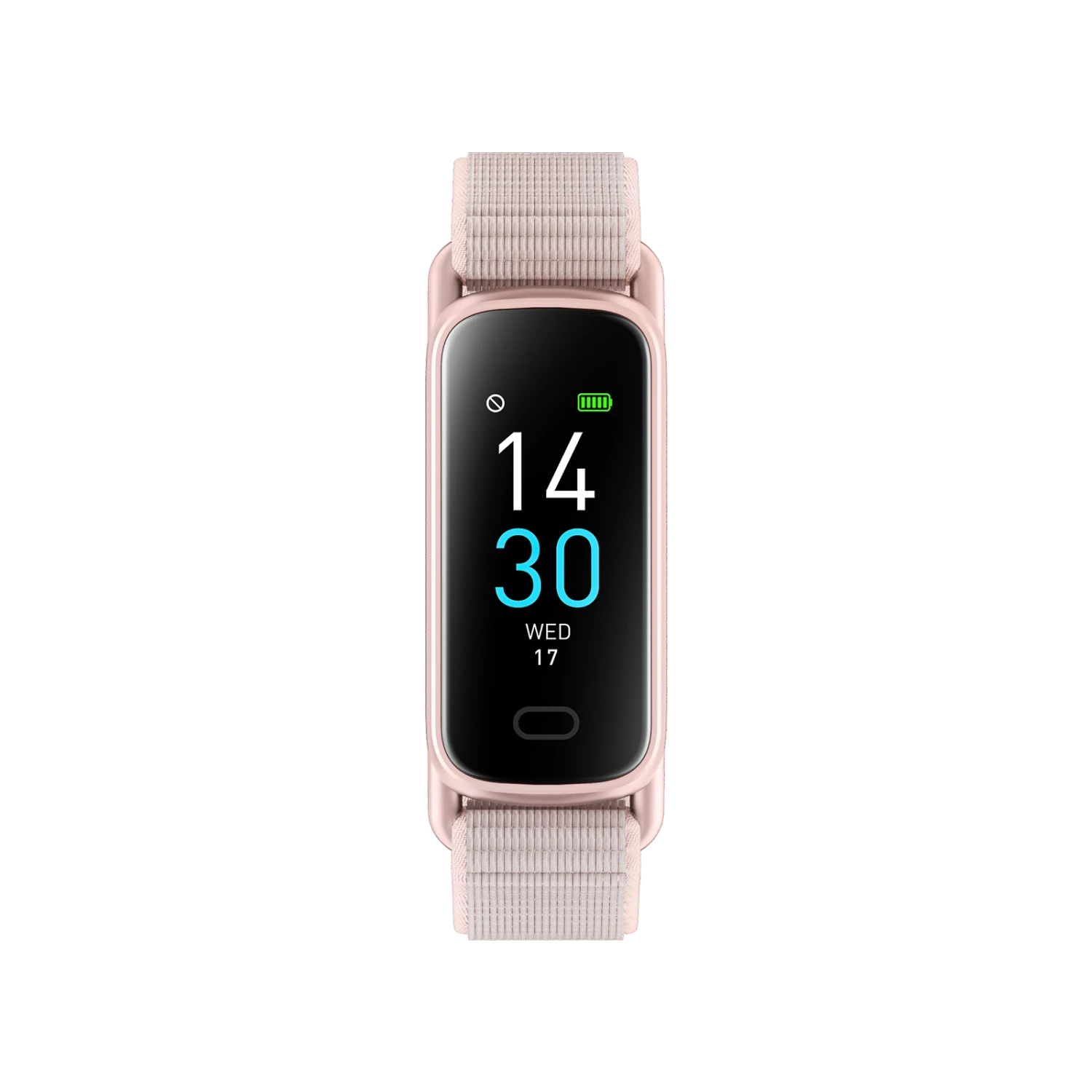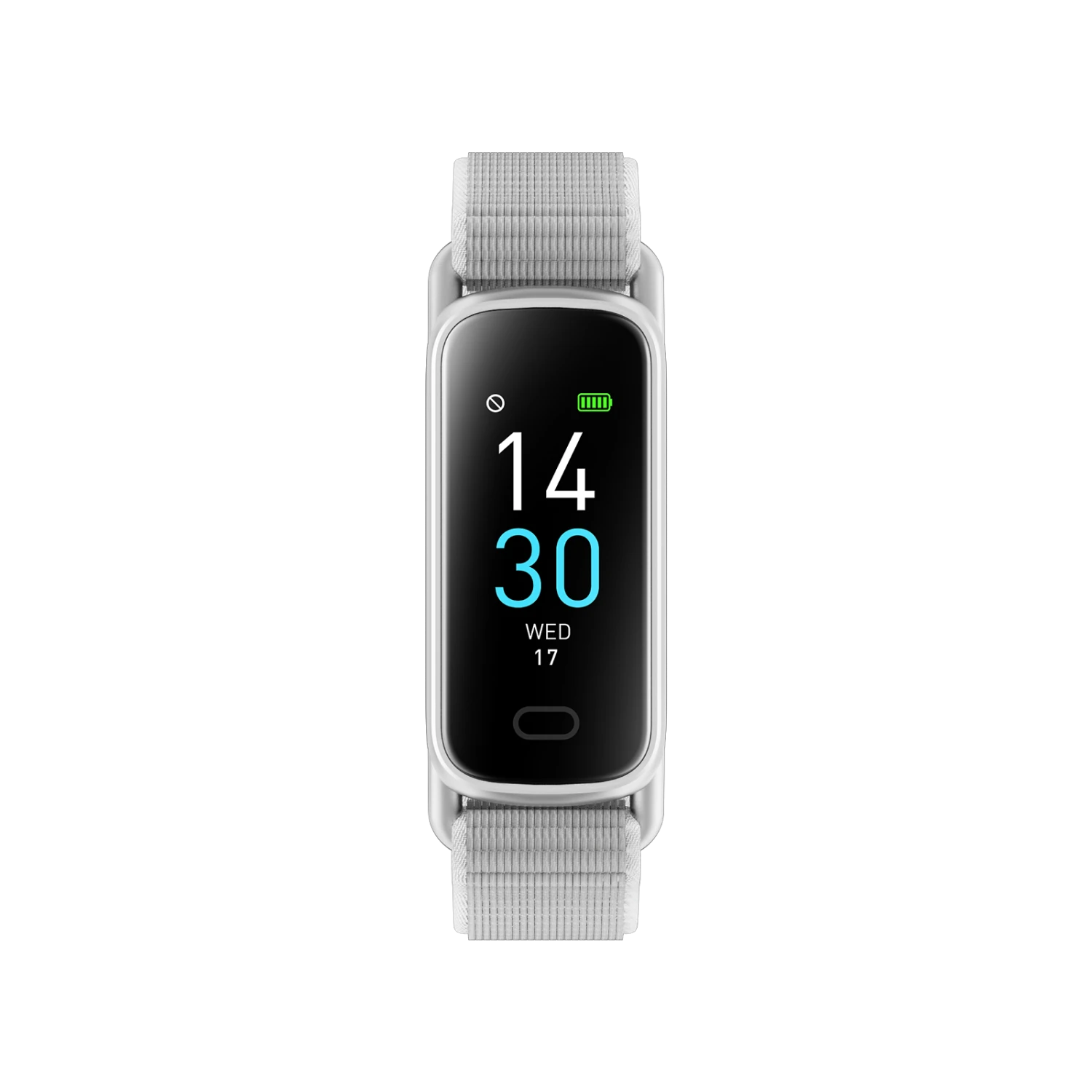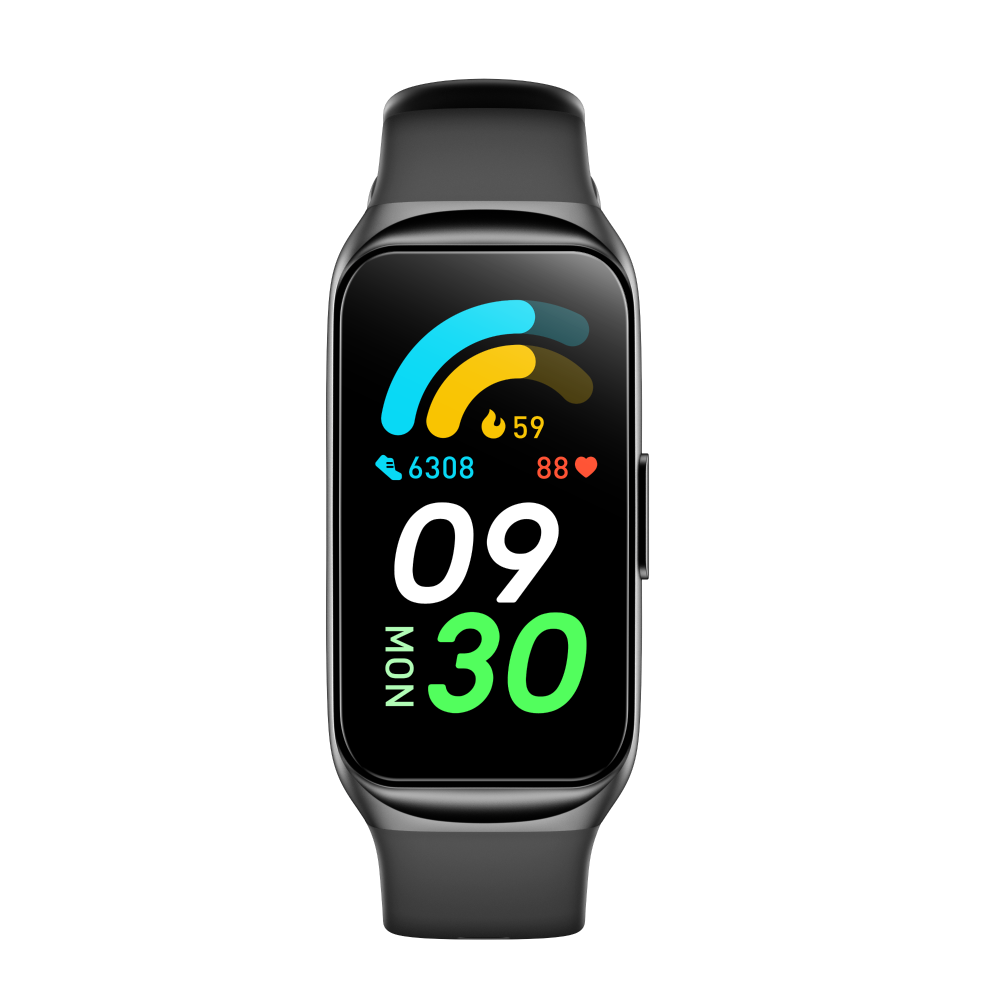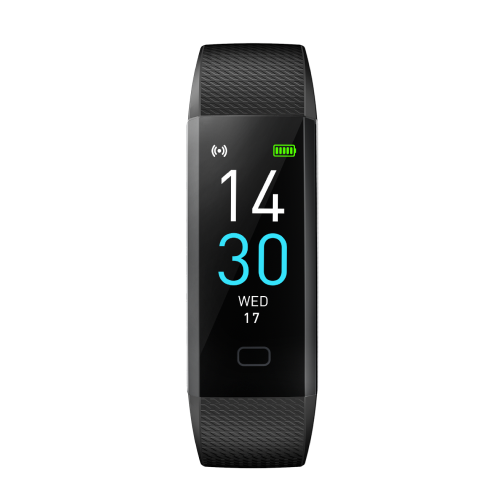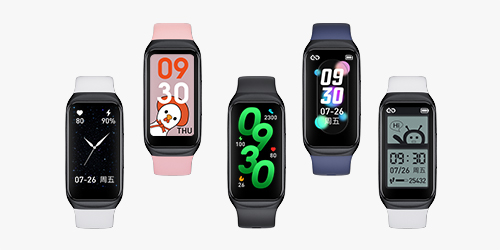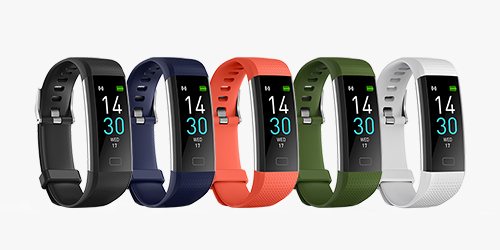If you are in the market for a new smartwatch, it can be an exciting experience, with many features and designs to explore. However, as you scroll through the options, you have likely come across some watches with an IP68 water resistance rating, such as “IP68”, “IPX7”, or “5ATM.” But what does that mean? And is it important? How do they influence your choice of a smartwatch?
In this blog post, we’ll break down IP68 water resistance and why waterproof ratings matter when picking a smartwatch. By explaining common water resistance standards and what these codes mean, we’ll help you find the ideal waterproof smartwatch for your lifestyle.
Are Waterproof Ratings Important for a Smartwatch?
The answer is definitely YES. Water-resistance is always an important factor to consider when purchasing any type of electronic device. But for a smartwatch, it is especially important since the watch will likely be worn during activities where it could be exposed to water, such as swimming, sweating during a workout, or being caught in the rain.
A smartwatch is more than just a time-telling device—it’s your smart companion during workouts, adventures, and everyday life. So, to make sure your smartwatch can keep up with your active lifestyle, it’s important to know its water resistance rating.
Choosing the Right Waterproof Rating for Your Activities
Now that you have a better understanding of these waterproofing levels, the next question is which level of protection is right for your needs. Here is a general guide to some common water resistance standards for watches:
For Everyday Usage:
- IP67/IPX7: Can handle occasional water exposure, such as splashes, sweat, or drizzle. Avoid swimming or hot showers.
- IP68/IPX8: Can handle more frequent water exposure and brief submersion, such as swimming and handwashing. Avoid diving, hot showers, or saltwater.
For Water Sports Lovers:
- 5ATM: Can handle up to 50 meters of water pressure, suitable for swimming and other surface water activities that do not involve high-speed water flow or diving.
- 10ATM: Can handle up to 100 meters of water pressure, suitable for swimming, boating, snorkeling, and other water sports, but not for scuba diving.
- 20ATM: Can handle up to 200 meters of water pressure, suitable for jet-skiing, recreational, shallow diving, and more intense water activities.
Top Pick
These guidelines illustrate why choosing the right rating matters. Selecting a watch with sufficient water resistance ensures it stays functional, whether you’re simply washing your hands or plunging into the ocean. Let’s dive deeper into what these ratings mean and how to interpret them.
What is IP68?
IP68 is a reliable standard for most electronic devices that may be exposed to water in daily life. “IP” stands for “Ingress Protection” and “68” indicates a specific level of protection. It comes from the IP rating system, a standardized rating system for protection against solids and liquids determined by the International Electrotechnical Commission (IEC).
In the case of an IP68 rating smartwatch, it’s a clear sign that the smartwatch is both dust-proof and water-proof. The first number “6” indicates total protection against dust ingress, while the second number “8” means this smartwatch can withstand immersion in water up to 1.5 meters for 30 minutes. As a result, smartwatches with an IP68 rating are generally considered to be able to withstand everyday environmental challenges and remain functional even in wet or dusty conditions.
Most of the Runmefit smartwatches and fitness trackers are rated IP68 for water resistance. You can confidently wear Runmefit watches or trackers during a variety of activities without worrying about potential water or dust damage, making it a reliable companion for your active lifestyle.
Different IP Ratings
There are actually different levels of IP waterproof protection, with the highest level being the IP69K rating. Generally, higher numbers in the IP rating indicate a higher level of protection. However, most smart watches on the market have an IP67 or IP68 rating, which is still very good, indicating they offer good dust and water resistance.
IP67 Rating vs. IP68 Rating Differences
When comparing the IP67 and IP68 ratings of smartwatches, the main difference is how water-resistant they are. The level of water resistance can significantly affect the usability of your smartwatch in various situations.
IP67 Rating:
- Protection: Withstands immersion from 15cm to 1m depth.
- Duration: Withstands immersion in water for up to 30 minutes.
- Typical Use: Resistant to splashes, light rain, and brief accidental submersion.
IP68 Rating:
- Protection: Withstands immersion to a depth of at least 1 meter.
- Duration: Withstands submersion for up to 30 minutes or more (as specified by the manufacturer).
- Typical Use: Resistant to swimming, showering, hand washing, and other continuous immersion conditions at specified pressures.
It’s important to note that while both IP67 and IP68 ratings offer good water resistance, they are not intended for long-term underwater use. Always check the manufacturer’s guidelines for specific details on your smartwatch’s waterproofing capabilities.
IPX Rating
In addition to IP ratings, the IPX rating is an extension of the IP system that specifically focuses on water resistance for electronic devices. Unlike the standard IP rating, the IPX rating does not include a specific degree of protection against solid objects and focuses solely on water resistance. The IPX rating is followed by a number indicating the level of water resistance, with higher numbers generally indicating better protection.
ATM Ratings for Smart Watches
When it comes to choosing a smartwatch to keep up with your water-loving lifestyle, you’re likely to come across the ATM waterproof ratings. Different from the familiar IP ratings, it is another common waterproof rating system used in fitness gadgets and smartwatches, signifying the ability of a device to withstand pressure when submerged and stationary in the water.
The ATM waterproof rating system measures water resistance based on atmospheric pressure, with the term “ATM” standing for “atmospheres”. Each ATM represents about 10 meters of water pressure resistance, so the higher the number, the more water pressure the device can withstand. For example, a device with a 3 ATM rating can withstand water pressure equivalent to a depth of 30 meters, while a device with a 5 ATM rating can withstand water pressure equivalent to a depth of 50 meters.
However, this does not mean that you can actually snorkel or dive with the device at that depth, as factors like water temperature, movement, and saltiness can affect the resistance. But generally speaking, the higher the ATM rating, the more suitable the device is for water activities.
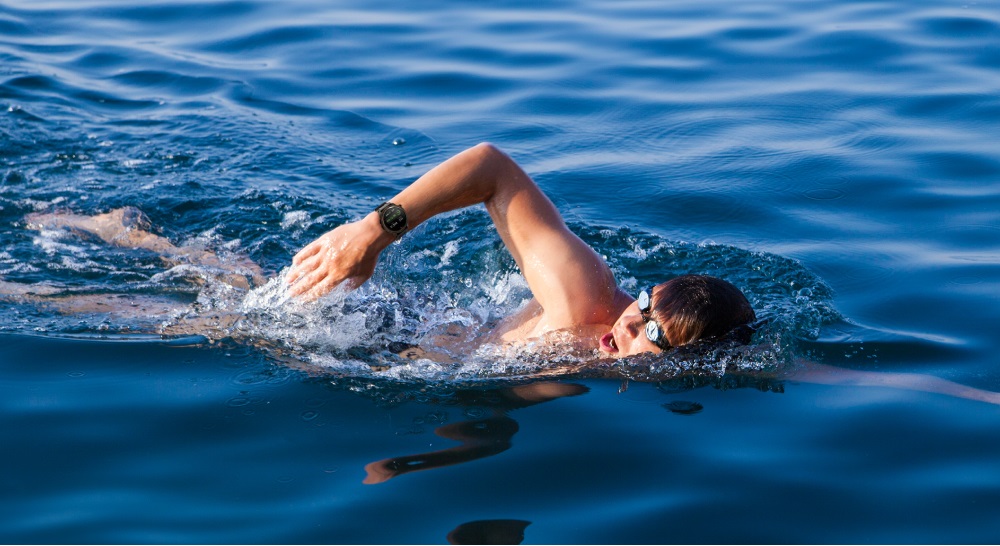
Take the new Runmefit GTX2 GPS Outdoor Watch, for instance. Rated 3ATM waterproof, it’s designed to handle the splashes of daily life, rain, and even swim training. Equipped with a swim mode, the GTX2 not only withstands your swim training but also delivers detailed performance metrics to help you track and improve.
In addition to its water-resistant construction, the Runmefit GTX2 GPS outdoor watch also comes with advanced features tailored for outdoor sports enthusiasts. Its built-in GPS module ensures precise route tracking, while the compass provides reliable navigation, and the altitude barometer measures altitude to help you adapt to your surroundings. With a combination of 3ATM durability and cutting-edge functionality, the GTX2 is more than just a smartwatch—it’s your dependable companion for both aquatic adventures and outdoor exploration.
A Final Note on Water Resistance
Waterproof rating is an important factor to consider when choosing a smartwatch, as it determines how well the device can resist water damage. However, keep in mind that these ratings are not absolute and you should still follow the manufacturer’s instructions and care tips to prolong the life of your smartwatch. So, when choosing a smartwatch, consider your water-related activities and pick the rating that best suits your needs.

